|
Discipline and self-discipline are different.
Before I get too much into the concept of discipline and self-discipline, I'm going to say two things that fly in the face of what most administrators proselytize. First, we can’t’ expect kids to reflect high levels of self-discipline all the time. The act of growing up and maturing involves testing boundaries, finding out what's funny and what isn't, finding out what procrastination leads to, or finding out what happens if you put your hands on another kid. Kids are not perfect primarily because they are experiencing life for the first time. Adults, on the other hand, have had the opportunity to grow, observe, modify, and develop a series of habits and behaviors that allow them to function positively in their world. As music teachers, we have to give kids the guidance to find discipline and self-discipline while allowing them to make some mistakes. How measured we react to those mistakes is what will determine often determine if they repeatedly revisit those old mistakes and turn them into ingrained habits. Second, all kids in your room need to be directly facing you, especially when you are talking and presenting information – no cluster of desks where kids are looking at each other and some kids have their backs or sides to you. Now to the topic: Self-discipline grows out of the ability to listen and intack aural and visual information accurately. Self-discipline is primarily a collection of positive habits that enable use to function at our peak performance. Discipline is what a teacher does with children in preparation to understanding the concepts, habits, and techniques of self-discipline. Discipline rarely achieves its goal when applied as children are doing the wrong thing. Discipline is most effective when identified, approached, and encouraged when children are doing the right thing. Teachers who discipline children when they're misbehaving or doing the wrong thing have missed the boat. Disciplining a child in the act or after the act of misbehaving is never as effective as approaching the concept while a child is positively functioning in their world when they're calm. I know many traditional elementary educators will not think that the following story might not apply to them but I think the theories behind it is applicable to almost any educational institution from kindergarten to grad school. There was a time when I worked at the school with kids with severe learning disabilities. With many children who had negative behaviors, when they were in the throws of a negative behavior episode, they quickly forgot what they looked like when they were performing and functioning in a positive way. I developed a strategy for situations like this. I would take pictures of the child sitting calmly at a desk, maybe strumming a guitar, playing a game with a classmate, maybe appropriately throwing their trash away after lunch, essentially doing the things that good students do. I would try to include a smiling peer or paraprofessional in the background. I then took those pictures, printed large versions of them on 8.5x11 paper them, and put them in a three-ring binder. The cover of the binder was a big glowing picture of the child with a smiling beaming face as well as their name in big letters. When negative behaviors would start to crop up, I would take the book out and say, “Let's look at our book”. Kids like looking at pictures of themselves. We would start flipping the pages with me narration all the good things they were doing in the pictures. Just the idea or the act of looking at pictures of themselves doing well had a way of calming them down and reminding them of what the expectations at school were. I hope you can see in the story how I value reminding children how good they can be before they start to slip into bad behaviors. Sometimes a visual prompt is what will work best with kids. Sometimes it can be as simple as understanding how often you need to prompt yourself as a teacher to give positive reinforcements to a child or a class. Some kids need positive reinforcers more often than others. One size does not fit all. With any child that I knew had behavior problems, I would always find a time during a break in the class or maybe at the lunch table, maybe at recess, where I would strike up a conversation about how something they did in music class not only met but exceeded my expectations. It didn't have to be a big thing. It could be very small and what for many kids would seem inconsequential, but for this child, maybe it was a real stretch that needed to be recognized and praised. The conversation would always go to a place where I would say something like “Why can't we be like this all the time? Remember that time you lost it in music? That’s not like you right now. Why did that happen? Why do we have to slip up and misbehave when we know we can be so good and have people smiling at you? When a teacher employs pre-emptive positive reinforcing behaviors, the results are always going to meet more powerful than any punishment after the fact. A teacher’s compliment, observation, or positive reinforcer carries even more weight when the saccharine is removed and the complement or statement is delivered in a more dry, perfunctory manner. Occasionally, when I had a class that was really cruising in high gear and performing at an incredibly positive level, I would come back from a break and slam the magnet saying it was now “Stop time” so hard on the chalkboard that it would startle them. I'd spin around, glair at them, and not say but pointedly yell, “Why can't other classes be as good as you?” The silence was met with deer in headlight stunned appreciation from the kids. I would then bark, “I want an answer. How come you guys are so good?” Eventually, some kid would raise their hand and say something to the effect of, “Well, I guess we're just good”. I would always repeat the answer slowly and follow up softly with, “Yeah, that sounds just about right. I think you nailed it.” All this is to say that discipline is done preemptively and in crucial preparation to self-discipline. It's as if it's an inoculation to help your students not come down with a bad case of the “bad behaviors”. We'll take a look at the differences between discipline and self-discipline in “Stacking Skills: Discipline and Self-discipline - Part One”. Schools are funny places.
One thing I have given a lot of thought to are the concepts of gigging, student concertizing, and day-to-day music teaching, specifically how or if they intersect. First, a few questions. Does the math teacher prioritize how students apply their skills at the top of their list? Does the civics teacher focus on the differences of the parties or on the mechanics of government? Is the spring art show always in the back of the art educator’s mind when they are demonstrating texture in multimedia formats to a class of third graders? Generally, no. They teach their subject matter, rarely put their students on display, and make an effort not to make too definite an imprint that reflects their personal taste. Music and athletics are different. Too many people – including educators and administrators - confuse the sizzle with the steak in Arts education. Sizzle = concerts. Steak = classroom. After a while, you’ll see every permutation of the sizzle/steak paradigm with music educators and their programs. The first eighteen years of my music education career, my elementary students did two basic performances: simple choral/instrumental performances and full-blown music theater pieces that I wrote and composed. The first type of performance occurred several times a year and was usually put together in one or two weeks’ time. The second type was a full stage, mega Cecil B. DeMille type of Broadway musical. It was always scheduled the second or third week of December with the classroom introduction of story line and music at the beginning of November. It was grueling. I started writing in the summer time. When the last curtain came down, I always felt like I had been through “da mill”. School admin see student music presentations primarily as PR: if the shows are good and create good buzz in the parent community then no worries. On the other hand, administrators fret when there are chronic short comings in concerts because it can create a negative patina that envelops the entire school. (A concert’s short comings in an admin’s eyes rarely have anything to do with the music; it’s almost always about preparation or some visual faux pas.) Some music educators have their ego wrapped around these school performances; too self-serving, too much trying to educate the audience with endless introductions, too many flowers, too much “I’d like to thank the Academy” etc. Other music directors perseverate over these concerts so neurotically with their principal that it appears not just the crux of their job review but their entire life hinges on a perfect concert. Their anxiety over their perceived job performance is unwarranted. And the majority of these kids grow up to be kids who abandon their participation in music because it wasn’t about them in the first place; it was always about their teachers and their half-baked egos. I find the phrase “performance opportunity” an over-inflated and over-used entity in music education. It always takes on an erudite air while purporting to be the steak when it is really is the sizzle. My students were like most kids: they liked to perform, whether for three other kids or twelve-hundred members of their community. They knew that performances were not my raison d'être – nor should it be theirs. I did my best not to build up expectations or give the idea that “shows” were the culmination of their growth in music; only a snap-shot of them on a specific day doing a certain thing. The “meat and potatoes” (sorry, vegetarians) was the day-to-day music class – making music every day, not just on the “special” days when we dress up. I looked at formal student performances like a business card or an occasional sixty-second commercial that emphasized my strengths, creativity, and consistency in music. True, they led to other gigs and revenue streams – but they were focused on students, not me. And I didn’t get our concerts get wrapped around my axel – they just weren’t that crucial to me. Money can be a funny thing. Too many music educators confuse an adult, monetized model of musical performance with a child-centric archetype that emphasizes sustained musical growth focusing on the day-to-day work and play that develops into a self-sustaining participation in music in their life. Some music educators actually think of their student concerts as “gigs” and repeatedly refer to them as such to their students. It’s like they are working with the representatives of the Lollipop Guild. These are not gigs. These are concerts. This kind of adult approach to school concertizing reminds me of the faint odor found at child beauty contests where single-digit-aged girls are transformed into catwalk models complete with hair, make-up, and plumage; adults working with kids, trying to make them look and, more importantly, act like adults. (And yes, I was a judge at one. Just once.) Because I am old and grew up during a time when dinosaurs walked the earth, the way I developed helped formulate my professional educational philosophy for performance. For me, elementary school concerts and marching band parades were the norm for me from fifth through eighth grade. In high school, along with concert band, orchestra, and chorus, I became a member of our high school “dance band”, the “De Sales Men”. Pretty hip name, n’est-ce pas? Just in case you thought it was a Willie Loman thing, the band was named after the patron saint of our high school, Saint Francis De Sales. It was a full jazz band with female vocalist. Jazz still had a negative connotation and dancing was something our parents and grandparents approved of so we were a dance band. We played concerts. But we also played gigs. Gigs were different than concerts. Concerts were for our parents. As our director framed concerts, “your parents have to say you were good because they’re your parents. That’s what parents do”. Our director actually booked gigs for us. Paying gigs. With actual money. Nine-to-one evening gigs where we wore tuxes. Gigs where no one had to like us unless we were good. Gigs where the director drove the band bus and took us to VFW halls, high school proms, parks, beef-and-beers, and PTA dinner-dances. We didn’t drive. Our parents dropped us off at the school at 6:00PM. The director drove us on a school bus to the gig and then, after the gig, dropped us off AT EACH OF OUR HOMES at two or three AM on Sunday mornings. He couldn’t navigate the bus up my narrow street so he dropped me off a few blocks away. At 2:30AM. Like I said, it was a different time. He pulled the sets from our 500+ tune book. But the rest of the work was up to us. We sat up the band stands, the PAs, the band library, and ran the evening as well as when we took breaks. While we had almost all been in the same diocesan music program since elementary school, we had been trained like little worker bees to set up for concerts. But dance band brought a whole new level of personal responsibility. We quickly learned a big difference between concerts and gigs. We sight-read music on gigs. In front of living people who didn’t have to like us. As much as we liked concertizing in high school, were never sight-read anything in concert. We were doing things that adult musicians did. I was also being hired to play similar sight-reading gigs with union bands. I now knew the difference between school concerts and gigs. And I never confused the two again. After I became a teacher and continued gigging, with the exception of an occasional day time rock concert or evening “sock hop”, I didn’t talk about my gigging with my students. The two topics rarely intersected. Stacking skills and developing life-long, embedded music habits was more my thing. Teaching music to me was less Hector with a heroic day of war and more Sisyphus where year after year, you daily punch the clock and assume your position behind the boulder. Too many kids make music in school and then stop after the curtain comes down in adulthood. I tried to teach without the curtain. Even if it’s just a thirty-year-old you and an instrument sitting on your back steps, it’s not that the show has to go on. It’s that it’s on your terms and not those of your old music teachers. And hopefully, the music doesn’t stop. |
AuthorBoyd Holmes, the Writer Archives
June 2025
Categories |
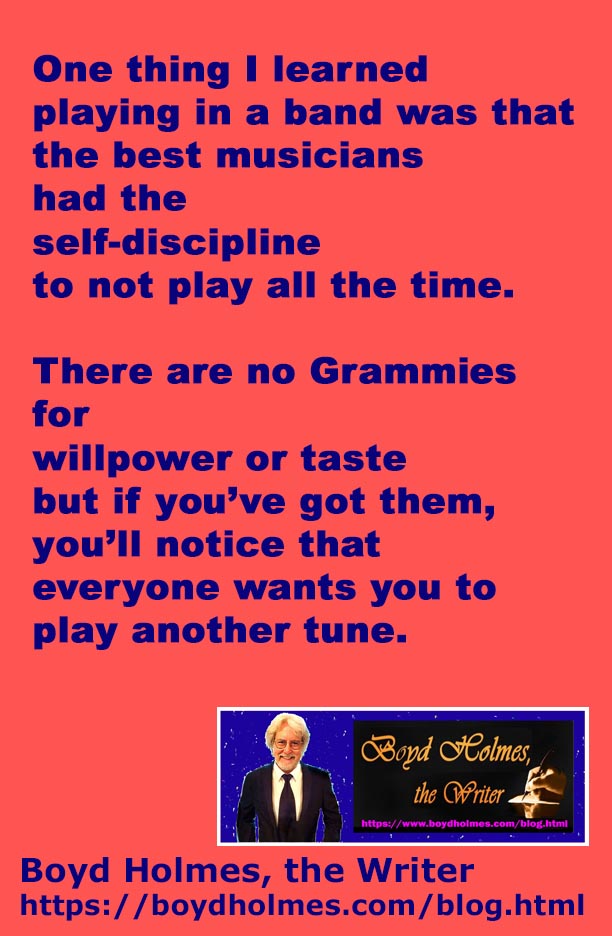
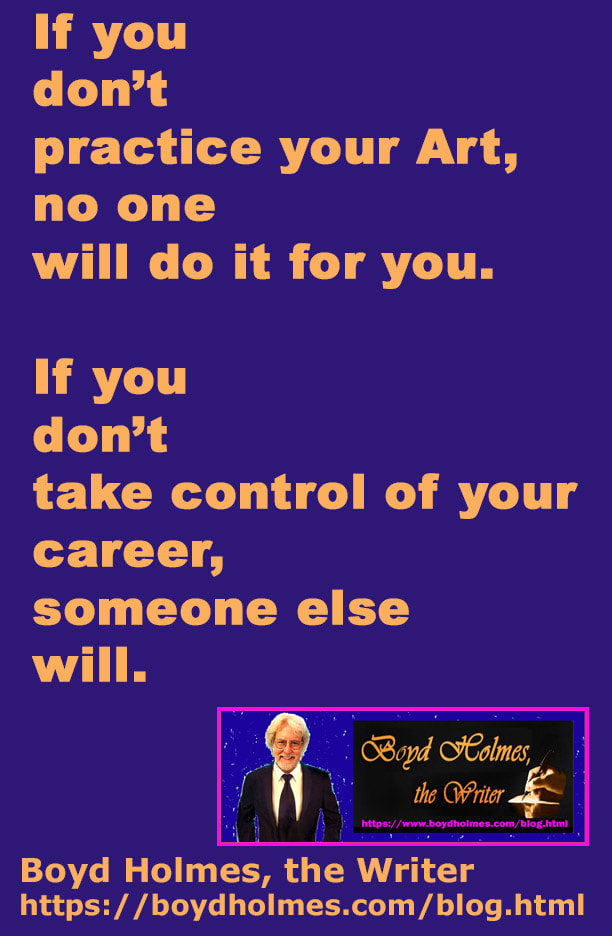

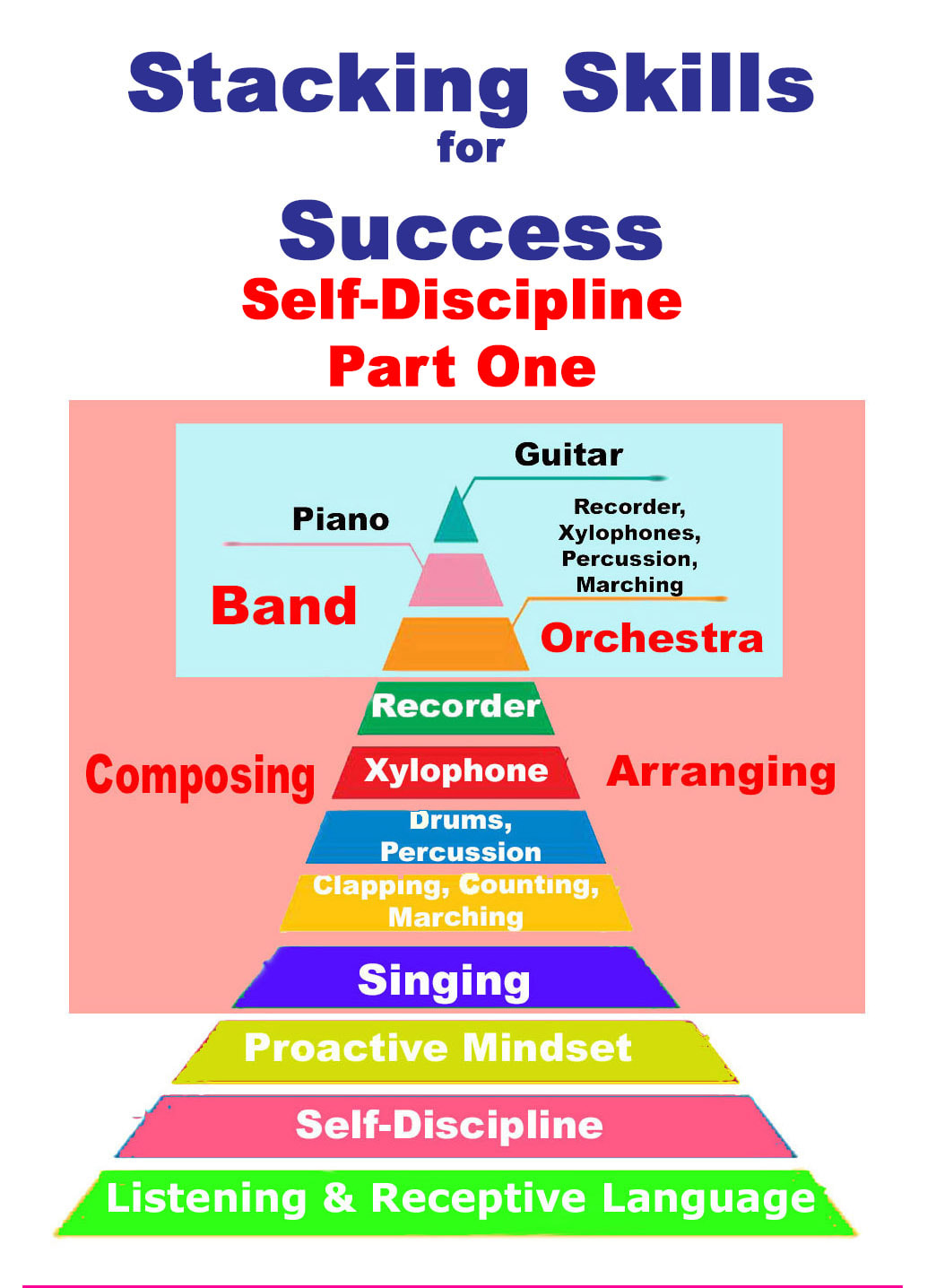
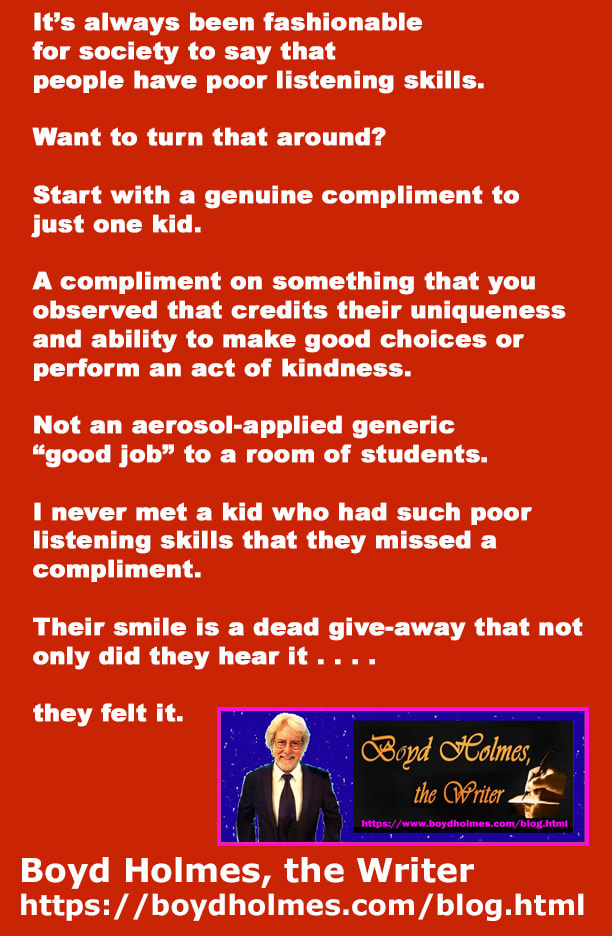
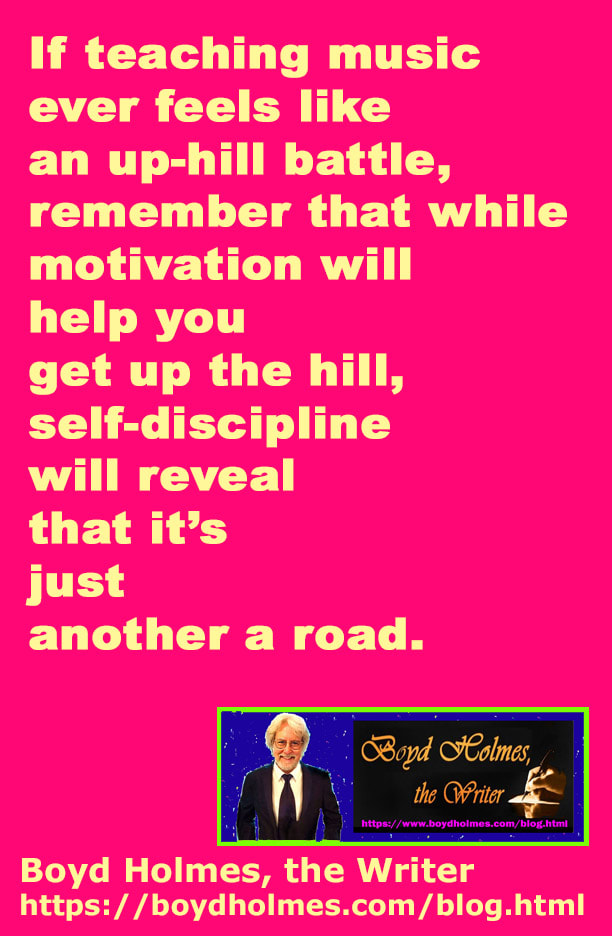
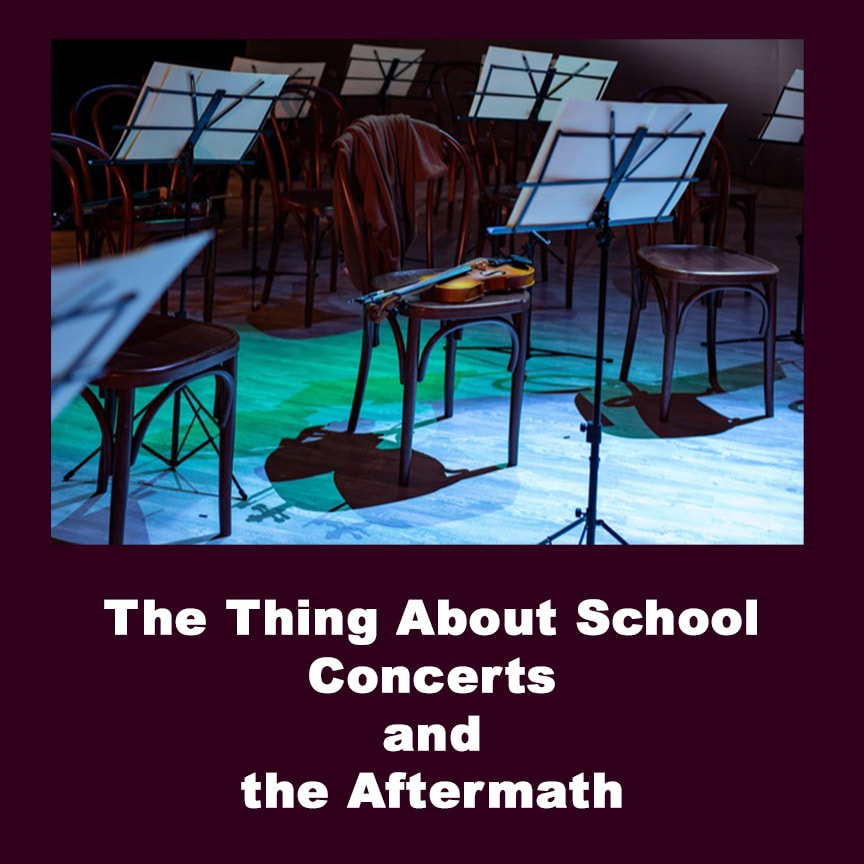
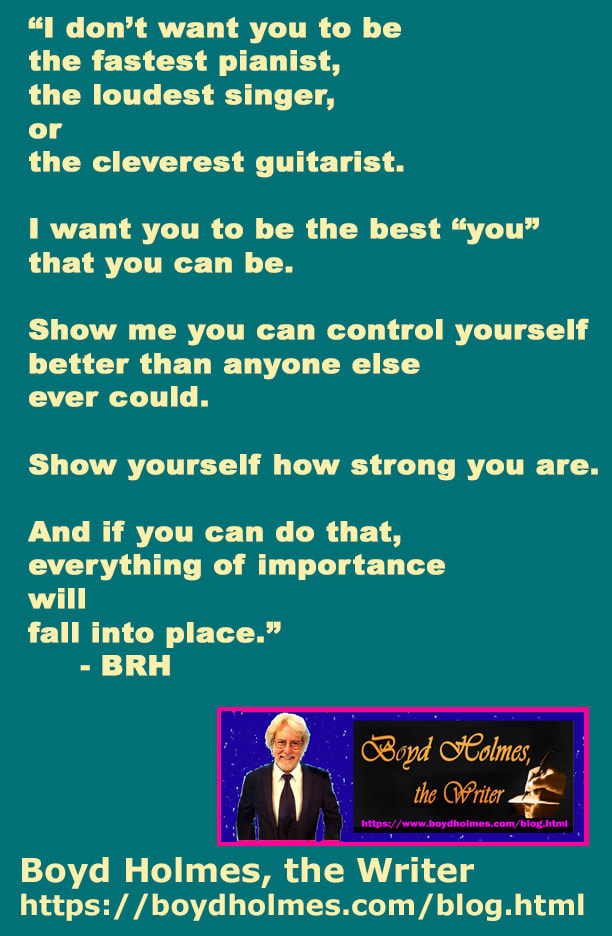
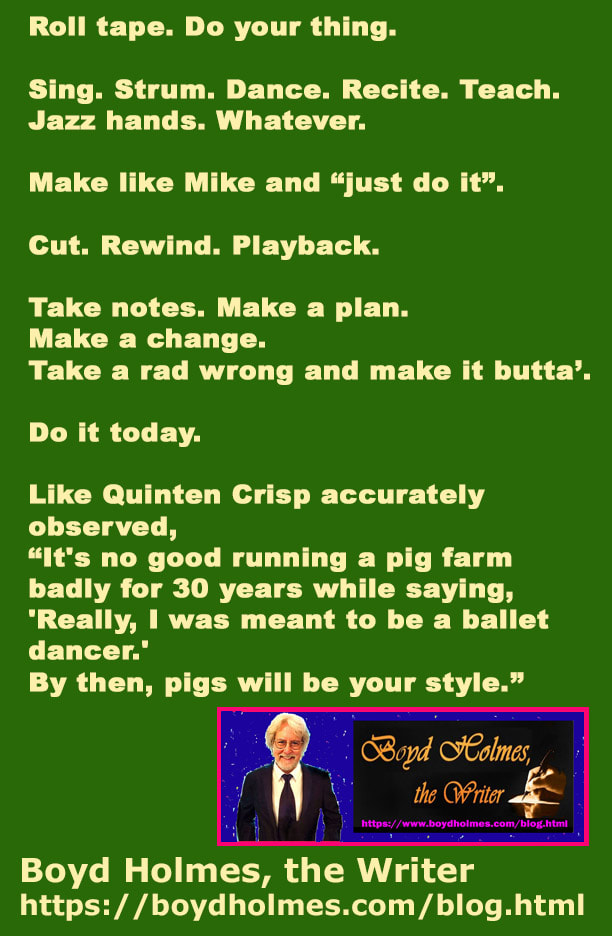
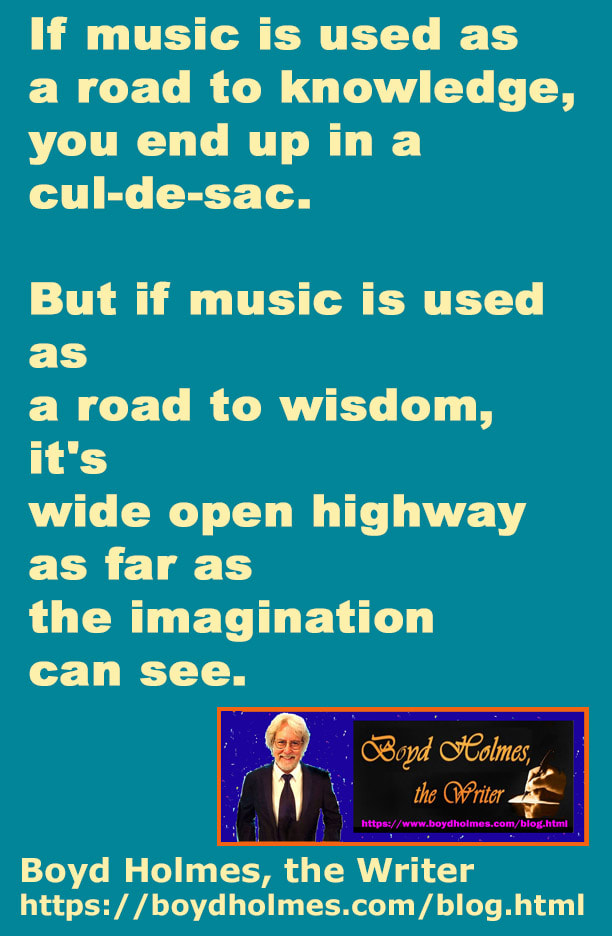
 RSS Feed
RSS Feed